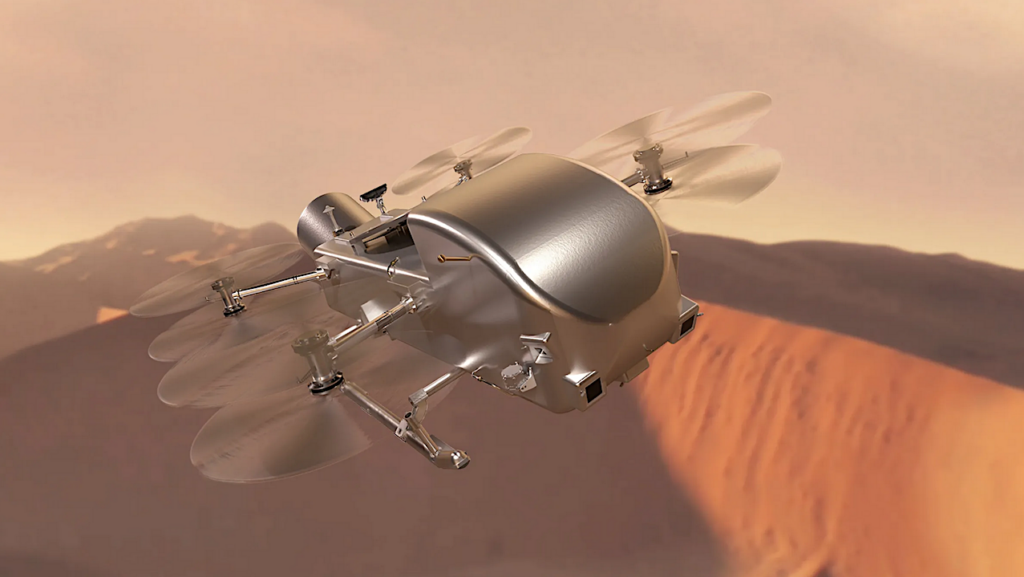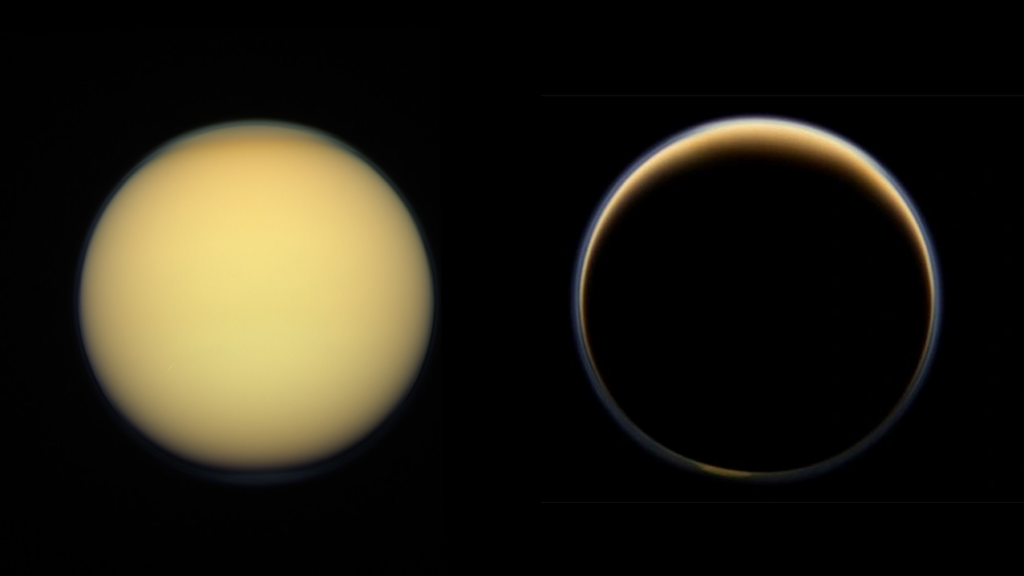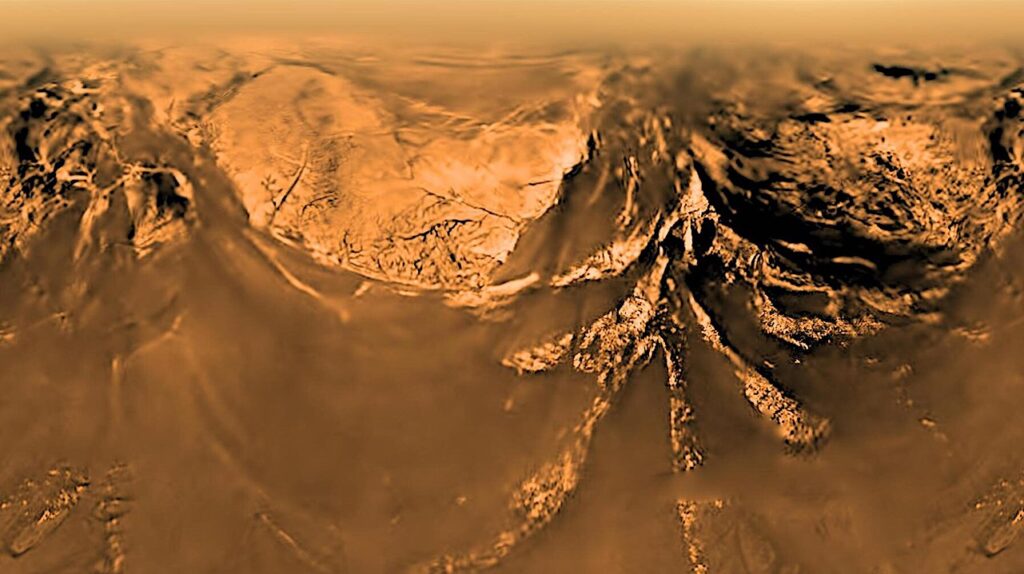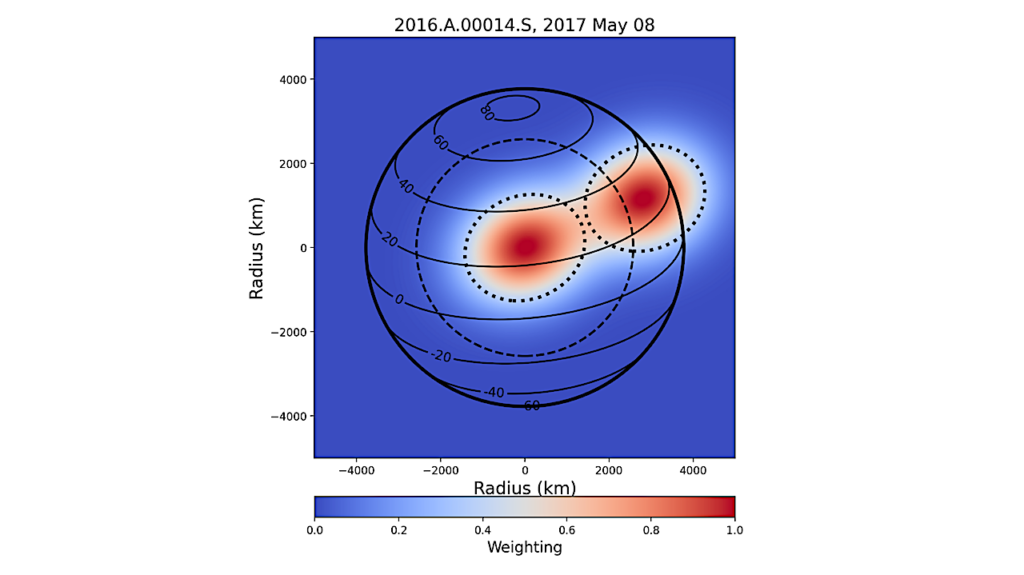An EUV Non-Linear Optics Based Approach to Study the Photochemical Processes of Titanś Atmosphere

In situ exploration of the planetary atmospheres requires the development of laboratory experiments to understand the molecular growth pathways initiated by photochemistry in the upper layers of the atmospheres.
Major species and dominant reaction pathways are used to feed chemical network models that reproduce the chemical and physical processes of these complex environments. Energetic UV photons initiate very efficient chemistry by forming reactive species in the ionospheres of planets and satellites. Here we present a laboratory experiment based on a new photoreactor with an irradiation beam produced by high order harmonic generation of a near infra-red femtosecond laser. This type of EUV source is nowadays stable enough to enable long-lasting experiments during which a plethora of individual reactions can take place. Its high accessibility is such that chemical initial conditions can be systematically varied to investigate the complexity of the upper atmosphere of planets.
In order to demonstrate the validity of our approach, we shone during 7 hours at 14 eV with a flux of 1010 photons sec-1 cm-2, a N2/CH4 (5%) based gas mixture defined by a 60 {\mu}m free mean-path. Such conditions are able to mimic the photochemistry of Titan N2 upper atmosphere. The reaction products reveal the formation of hydrocarbons and N-bearing species like dimethyldiazene (C2H6N2), the largest compound detected in this new photoreactor. This work represents an important step in the use of a EUV irradiated closed-cell chamber for the generation of photochemical analogues of Titan aerosols to better constrain the growth pathways of nitrogen incorporation into organic aerosols in the Titan atmosphere.
Jérémy Bourgalais, Nathalie Carrasco, Ludovic Vettier, Thomas Gautier, Valérie Blanchet, Stéphane Petit, Dominique Descamps. Nikita Fedorov, Romain Delos, Jérôme Gaudin
(Submitted on 1 Oct 2019)
Subjects: Earth and Planetary Astrophysics (astro-ph.EP)
Cite as: arXiv:1910.00362 [astro-ph.EP] (or arXiv:1910.00362v1 [astro-ph.EP] for this version)
Submission history
From: Jeremy Bourgalais Dr.
[v1] Tue, 1 Oct 2019 13:10:40 UTC (889 KB)
https://arxiv.org/abs/1910.00362
Astrobiology, Astrochemistry








